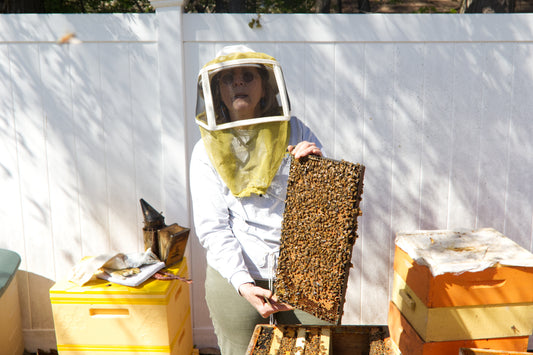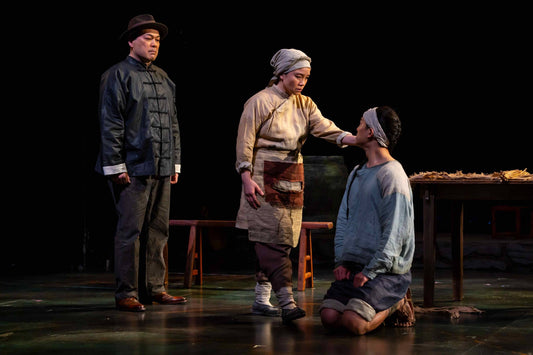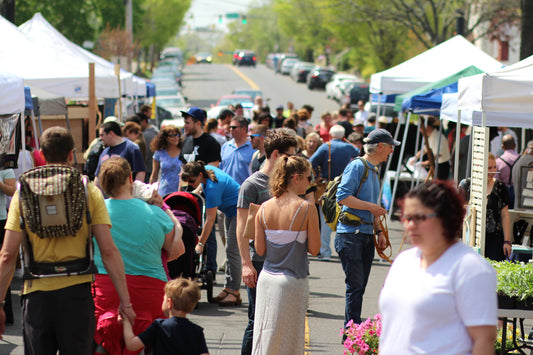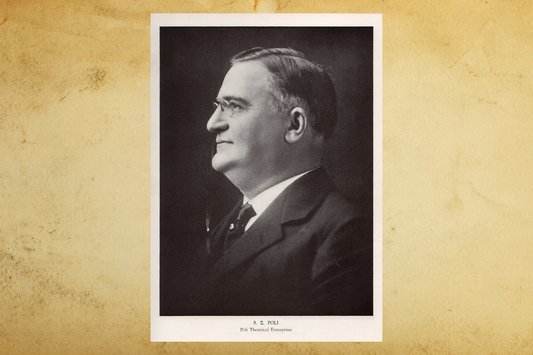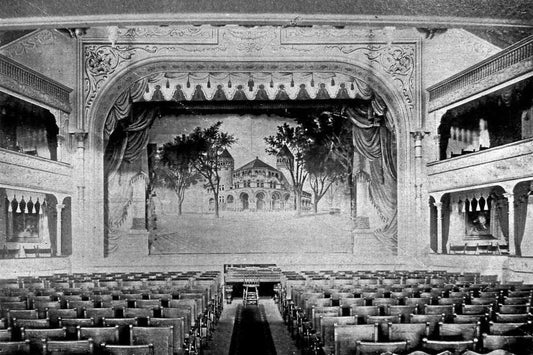Not just in Bangkok. Not just in New Delhi. Not just in Rio de Janeiro and not just in Barcelona. Not just in Las Vegas and not just in Atlanta. Not just in New Britain, Bridgeport and Milford. Not just in New Haven.
Child sex trafficking is not just a nightmare for distant children. For Rob Morris, this fact initially “came as a surprise,” but not anymore. Morris (pictured second) is the president and co-founder of Love146, a non-profit headquartered in New Haven that fights child sex trafficking at home and abroad. The group’s unusual name honors a trafficked girl Morris saw during a sting operation at a brothel in Southeast Asia. Like the other girls on display, she was wearing a red dress with a number—in her case, 146—pinned to it. Unlike the others, there was a peculiar resilience behind her gaze. The brothel was later shut down, but by then the girl was no longer there. Her fate remains unknown.
sponsored by
When it was founded in 2002, Love146 directed its eyes and efforts overseas, to prevent and remediate situations like the ones Morris had witnessed. It began by providing training and survivor care in the Philippines and other Southeast Asian countries where trafficking thrives, due in large part to flawed child welfare systems and corrupt law enforcement. But in recent years, Love146 has redirected some of its attention to the victims right here at home.
In 2012, the International Labor Organization, a UN agency advocating “decent work for all women and men,” estimated that there were 20.9 million “modern slaves” in the world. Of those, 16.4 million were forced laborers, shackled by either private or state interests, and 4.5 million were sex slaves. Although commonly conflated, prostitution isn’t necessarily the result of sex trafficking. Many prostitutes aren’t sold into the work but voluntarily choose it, albeit usually because they have little opportunity otherwise. On the other hand, according to Love146’s website, “force, fraud or coercion” are the defining characteristics of trafficking.
Sex trafficking can take many different forms and may not always be recognized for what it is. A Google image search for the term brings up women bound in chains, handcuffs or ropes, typically photographed for anti-trafficking advocacy campaigns. “The reality,” Morris says, “is that some of the emotional bonds that a pimp or a trafficker makes with a young person are way stronger than physical chains.”
Just as a predator in the wild usually goes for the most vulnerable prey, so do traffickers, Morris says. More often than not, targets are abused children from broken homes—sometimes runaways or LGBTQ youth rejected by their families. “It’s the proverbial rabbit hole,” Morris says. “The deeper you go, the darker it gets.” One of many common trafficking scenarios involves exploitation by an older boyfriend (or “Romeo pimp”), from whom they may hear things like, “Has anybody ever told you you’re beautiful?” or “I love you”—words these children might be hearing for the first time.
This creates emotional links that are difficult to break, despite the exploitation that’s going on. “Someone comes into the space we all need in our lives: protector, provider,” Morris says, and through kindness “creates a sense of family and belonging.” Youth manipulated this way may be markedly upset after rescue and may even run right back to their oppressors.
The darkness of sex trafficking can be overwhelming both for victims and those waist-deep in the fight. “I meet burnt-out cynical ex-activists all the time,” Morris says, confessing he often thinks about how to prevent the same end for himself. Despite an obvious will to persevere, he’s had moments of doubt. “I’ve encountered children who’ve experienced this kind of horrific abuse eight or ten times a night in a brothel for years and thought: ‘Is recovery even possible?’”
Much of Love146’s work is predicated on the hope that it is. In the Philippines, the organization runs two safe homes for trafficked children, while training grassroots caregivers in Thailand, Cambodia and other countries. In the US and UK, the nonprofit supplements existing child welfare systems with ambitious survivor care. A child taken under Love146’s wing receives long-term support: therapy, legal assistance and guidance as they move forward with their lives.
In recent years, Love146 has acknowledged survivor care alone isn’t sufficient. “You hear this expression a lot in social justice circles of ‘bodies falling off of a cliff,’” Morris says. “You can keep bringing ambulances to the bottom, but at some point someone’s got to say, ‘Maybe we should build a guardrail at the top of the cliff.’”
Since 2010, Love146 has been installing a part of that guardrail by conducting prevention-oriented education in high schools, group homes and residential care facilities in the States. Dubbed “Not A #Number,” the program strives to help students recognize the signs of trafficking, challenge harmful stereotypes, identify healthy support systems, safely navigate exploitative situations and access community resources. As of yet, the prevention program has been taught to 17,000 youth in America, including 9,800 in Connecticut and 4,400 in Texas, where Love146 has its other US offices.
But recovery remains a significant focus of Love146’s efforts. In early December, Morris visited the organization’s safe homes in the Philippines, where he witnessed rescued children performing a holiday show. “I spent an evening dancing and laughing with kids who you wouldn’t think would have a reason to smile again,” he recalls. But this kind of celebration, despite the momentary joy, is bittersweet. “As much as I’d like to stand in front of a four-year-old girl in one of our safe homes and say, ‘Everything is going to be alright,’ I don’t know that. Recovery is a lifelong journey. But what I can promise her is that as long as she wants us in this with her, we’ll be in this with her.”
Love146
(203) 772-4420
Mon-Fri 9am-5pm
www.love146.org
Written and photographed by Daniel Shkolnik. Image #1 depicts a map of “youth reached by Love146 survivor care in Connecticut.” Image #2 depicts Love146 president/co-founder Rob Morris.



